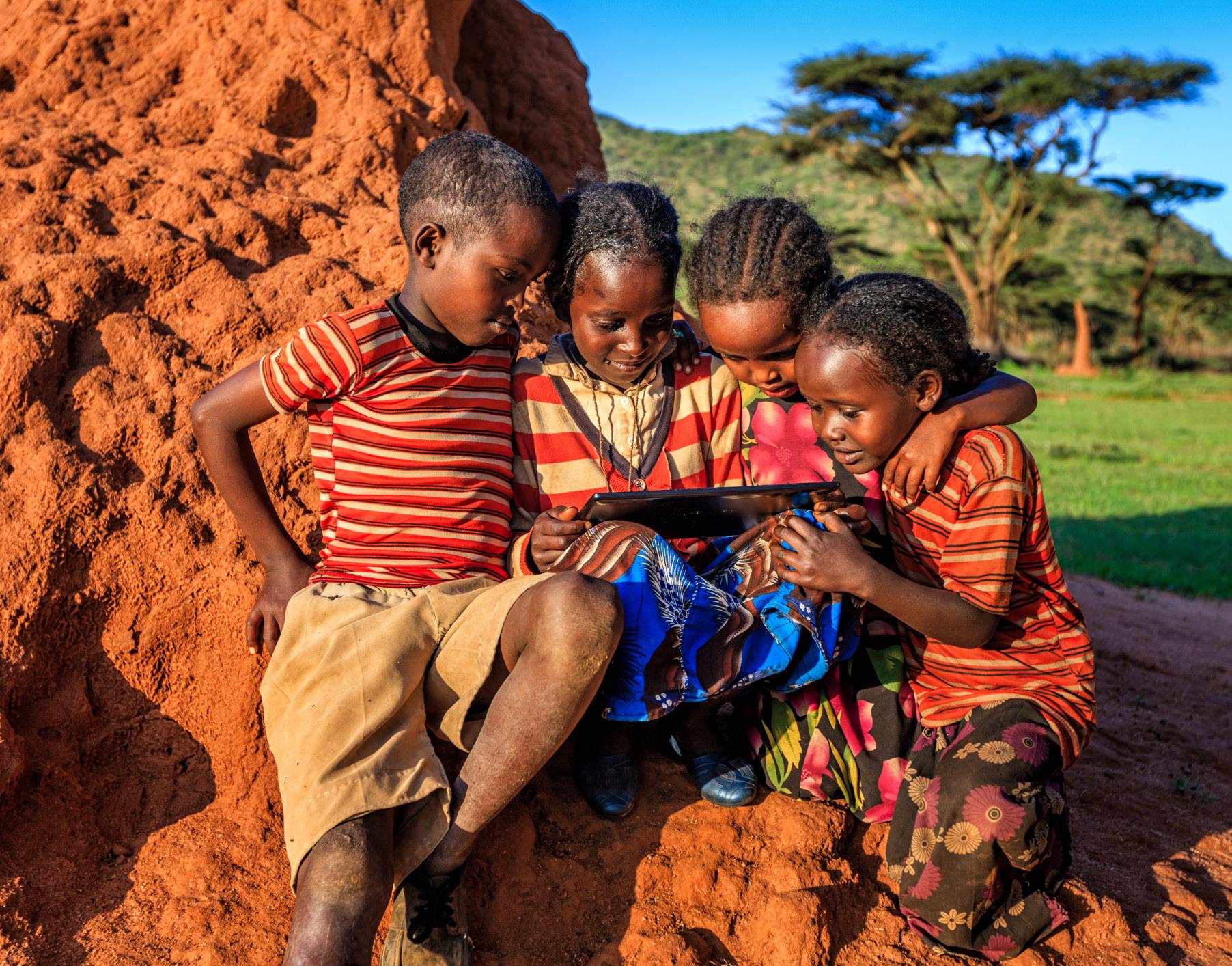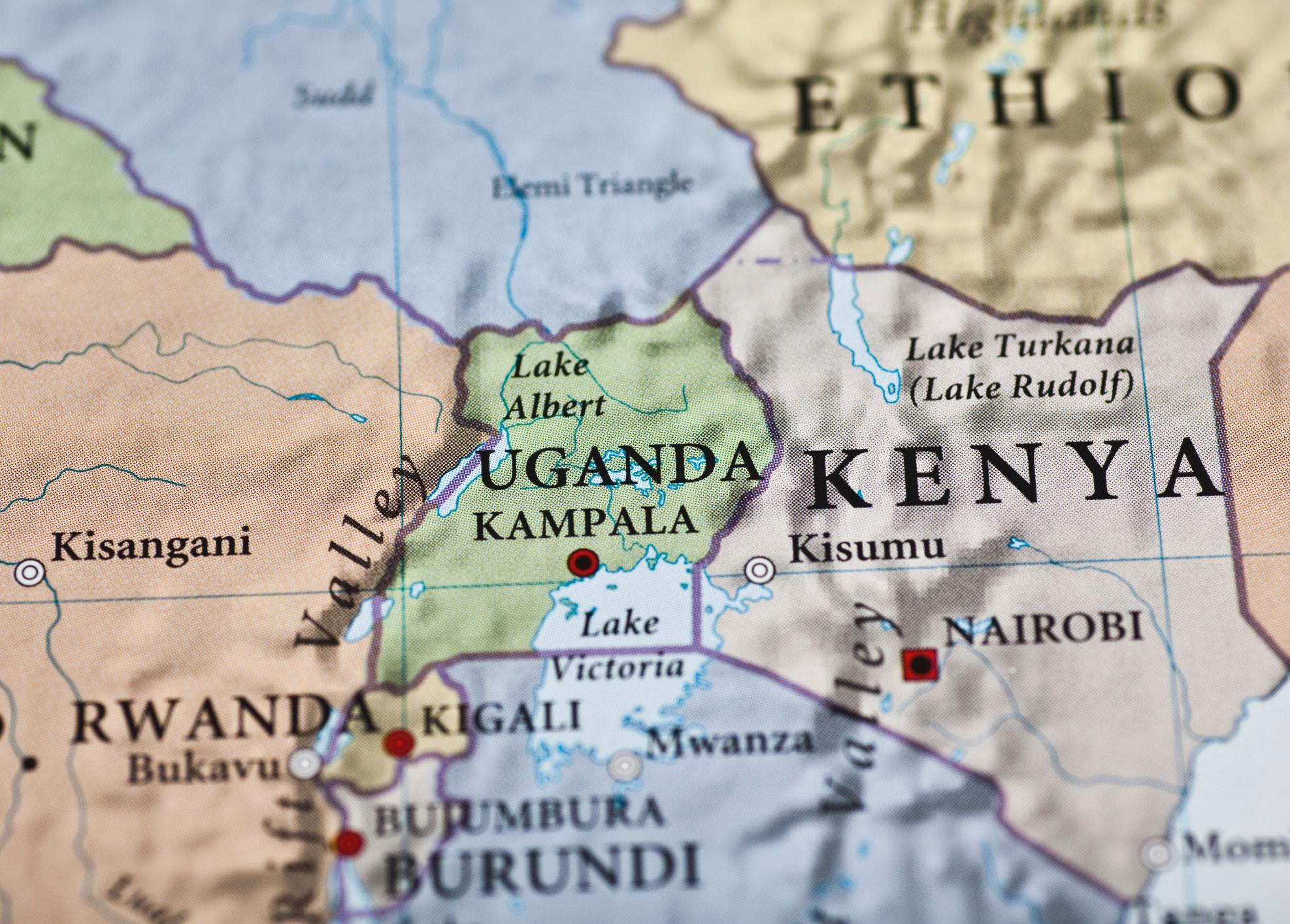
3 minute read
2023 SCENARIOS FOR CHINA’S DIGITAL SILK ROAD IN EAST AFRICA
from HUMAN FUTURES
By Kaitesi Ertzgaard
Introduction
CHINA’S development in Africa through the Belt Road Initiative (BRI) is decisive to China’s role in great power politics. However, the impact of BRI on African states, especially with the digital addition to BRI, namely China’s Digital Silk Road (DSR) may lead to disparate outcomes in 2023. This anticipatory article will explore three alternative futures for the DSR, in East Africa. The DSR is a branch within BRI that focuses on digital connectivity abroad to strengthen China’s role as a technological superpower. Although DSR has the potential to enhance digital connectivity and thereby contribute heavily to industrializing states, the initiative can simultaneously curtail the East African Communities’ (EAC) economic and social development. A growing concern is that East African states such as Uganda, Rwanda, and Kenya have mortgaged strategic national assets to receive loans, triggering a debate about what outcomes to expect from the DSR initiatives. This article will anticipate three plausible scenarios for DSR in East Africa for 2023 and onwards: (I) DSR works and positively impacts the East African region, (II) DSR is non-successful and obstructs the EAC’s social and economic development, (III) the EAC benefits economically but suffers social implications from the DSR.

Scenario 1
The first scenario is one in which the DSR initiative is mutually successful for the EAC and China. DSR initiatives consider local preferences and implement technology initiatives that align with local ICT agendas and consequently promote both Chinese and EAC growth. In this 2023 scenario, China also enhances regional skill training and employment- initiatives, as seen in the NorthAfrican region, for instance, in Egypt.
In consequence, the EAC will benefit economically from the continuance of the rapid population growth expected in Africa. The EAC population growth faced in 2023, influenced by teenage pregnancies following the pandemic, combined with the young population age structure in the EAC, creates huge potential for China’s digital expansion. Through skill training and employment, the young population structure becomes a catalyst for accelerated social development, GDP growth, and technological innovation that will continue emerging in 2023 and the following years. Both the EAC and China will gain from implementing telecommunications networks, mobile payment systems, surveillance technology, and other technologies. DSR strengthens

China geopolitically and the EAC economically, boosting local development and improving East African living standards.
Scenario 2
The second scenario is one in which DSR creates EAC dependency on China as a consequence of the vast economic fallout following the pandemic. The EAC gets absorbed in the debt, traps following DSR and other Chinese development initiatives. China has been Africa’s largest trading partner for 12 years, and many African countries have overindulged in loans from China, only to subsequently realize that they cannot sustain repayment. In this scenario, Chinese loans to East African states backfire due to the low ability to repay eminently in 2023 following the economic decline after the pandemic. The EAC meets default on loans that are mainly sourced from China, and the sealed loan agreements between China and the EAC, referred to as hidden debts create EAC dependency and contractual obligations to China in 2023. Many wonders if strategic national assets are serving as collateral for extensive loans. This drastically restructures the geopolitical landscape as China presumably gains control over strategic assets/resources in East Africa. For instance, allegations are made about Uganda facing the loss of the national airport, Entebbe International Airport. Kenya, Ethiopia, and Zambia also keep struggling under the burden of Chinese debt and continue to seek new repayment plans in 2023.
Scenario 3
The third scenario is one in which the EAC enforces authoritarian developmentalism and gains economically from the DRS. Authoritarian developmentalism creates undemocratic and oppressive state behaviors which produce a tense political climate in the region. The Covid19 pandemic led many East African governments to monitor their populations for health purposes through the implementation of Chinese surveillance technology provided by Huawei Technologies. This substantiates the undemocratic political climate in semi-authoritarian East
African states, as the pandemic creates complexities of digital ethical considerations such as respect for data privacy and rules regarding digital surveillance. In this scenario, the EAC doesn’t comply with digital rights, privacy, and data protection to ensure accountability and transparency of the surveillance. Political polarization, conflict, and opposition movements already seen in, for instance, Uganda and Rwanda keep emerging in Ethiopia and Kenya amongst other states in the EAC. Demonstrating against digital surveillance, spearheaded by figures such as Paul Rusesabagina in Rwanda and Bobi Wine in Uganda grows in the region. In this scenario, the EAC is unstabilized by an upswing in protests against an illiberal political environment with digital surveillance, censorship, and other oppressive state behaviors related to DSR’s actions. Consequently, the EAC will expand its technological development and economic growth, but suffer from political instability and democratic backslide in 2023.











